These early Saharan native people may have been the first in the world to domesticate cattle. Today the semi-nomadic Tuareg still build small rock shelters against shaded cliffs to contain young goats they rear. Around this time there was a drier climate period which might have stimulated their move from hunting and gathering to more livestock domestication,’ Jeremy Keenan, a Visiting Professor of Archaeology and Anthropology at Bristol and Exeter Universities tells me. It could be that water, becoming scarcer, was concentrated at fewer lakes. And there were probably lower flows in the rivers. So animals would more naturally concentrate up.’
And it is this climatic drying that’s thought to explain the presence of horses, chariots and camels, together with signs of a more Egyptian-style culture in the drawings. Camels (more correctly, dromedaries, because they have one hump not two!) are known to have been introduced as pack animals to North Africa from the Middle East around 200 bc, roughly the time that the area dried up and became desert-like.
Kenya My Wildlife Travel Story Photo Gallery
And as the land became drier, so a more mobile culture probably became necessary. Hence the dromedaries; their use in long-distance trade became a necessity, the forerunner of the once commonplace south-north camel’ trains across the Sahara now replaced by fume-spluttering lorries. This market was based on salt, critical for preserving meat and other foods. Found in dried up lake basins in the Sahara as more and more lakes dried up, it was exported south to tropical Africa where it is naturally scarce. The desert peoples traded it for gold from the Niger basin, for slaves and exotic goods which they then transported back north to the Mediterranean coast.
‘The main drying of the climate started around 3000 bc’ Jeremy Keenan told me. By 1000 bc the Sahara would have been as arid as it is today. It forced people to gather into communities where there was at least some water left, around oases where they could grow date palms and some other crops.’ Some climate scientists think that this change from lushness to aridity happened much more suddenly: Peter de Menocal, Associate Professor at the Lamont-Doherty Earth Observatory of Columbia University, New York is one. He and his colleagues detected an abrupt end to the humid period at around 3500 bc in Mauritania (about 2,400 km west of the Akakus). And there is evidence that many African lakes dried up abruptly then too, perhaps as rapidly as over a century. In other places the transition was more gradual. And other experts like Professor Martin Claussen, Director of the Max Planck Institute for Meteorology in Hamburg agree. In what’s now the western Sahara our computer modelling of the climate shows an abrupt change but it seems to have been more gradual in the eastern Sahara,’ Claussen told me. The Jebel Akakus is in the middle.
But how, you might ask, when there most certainly wasn’t the production of greenhouses gases we record today, could the climate flip so rapidly? My enquiries found that there are several possibilities: perhaps the changing tilt of the Earth relative to the Sun – a cyclical process that occurs naturally – could have reduced the amount of heat hitting the ground, thereby causing less hot air to rise and northern Africa to suck in less moisture-laden air from the Atlantic; or perhaps changes in solar pulses, which would have had a similar effect – deprived of water, the vegetation would soon have withered.
Slow change, or rapid, more catastrophic change, these amazing rock drawings and carvings are almost all that remains of an early civilisation that lived out its many generations in a landscape that is hard to imagine in the middle of today’s Sahara.
Designated in 1985 by UNESCO as a World Heritage Site, the “Rock-Art Sites of Tadrart Acacus”, is listed for its thousands of cave paintings in very different styles dating from 12,000 bc to ad 100 reflecting marked changes in the fauna and flora, and also the different ways of life of the populations that succeeded one another in this region of the Sahara’. At the main locations of rock drawings and carvings we came across signs erected by the Libyan Government to show that they are protected by its Department of Antiquities. But the locations are in isolated areas well away from any roads or habitation. So practical protection seemingly relies on specialist tour guides like ours acting responsibly and the few local Tuareg keeping an eye on what’s happening out here.
When we went there – at a time when the Gaddafi Government was just opening up the country to limited tourism – visitors to the Jebel Akakus had to be accompanied by an authorised guide, a measure introduced and enforced by the government after some amateur European archaeologists had attempted to make silicon rubber replicas of some of the rock drawings. It almost obliterated the images they targeted. We saw other evidence of damage too. At some sites, pieces of rock had been removed, presumably with their drawings intact. At Wadi Matkhandouch, a few of the exquisite animal carvings have modern, chiselled hacking marks as if someone has tried to deface them. At Tin Chalaga, one of the most important protected rock drawing sites, someone had even carved his sweetheart’s name in Arabic next to a painted rhino. In the recent past some unscrupulous guides have wetted the painted images so that they show up better for tourists to see and photograph. But any wetting slowly dissolves out the colour pigments so the images become increasingly faded.





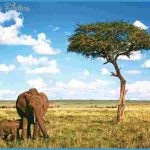




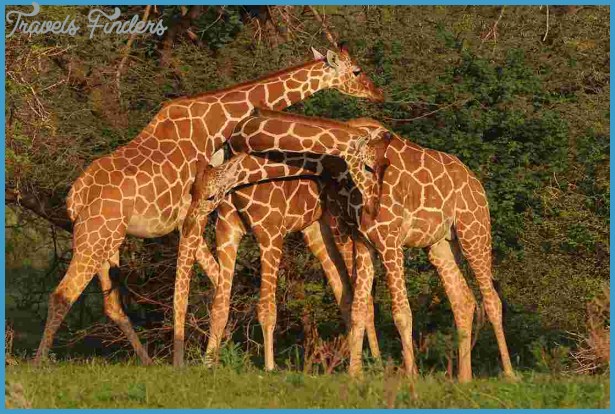
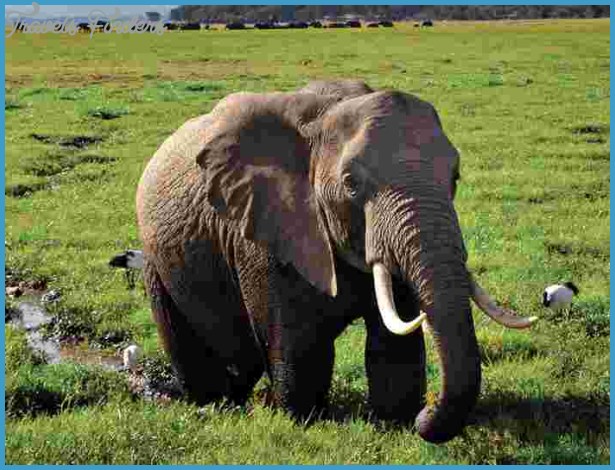
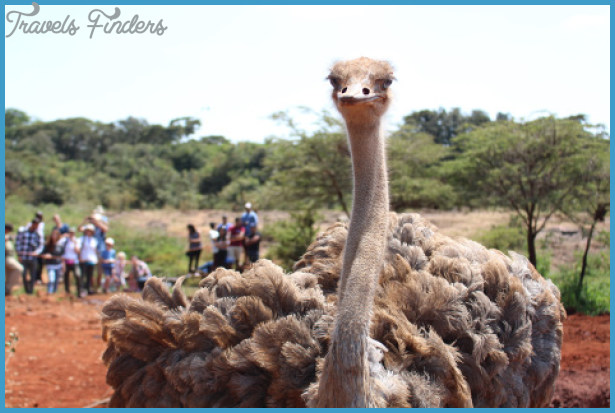
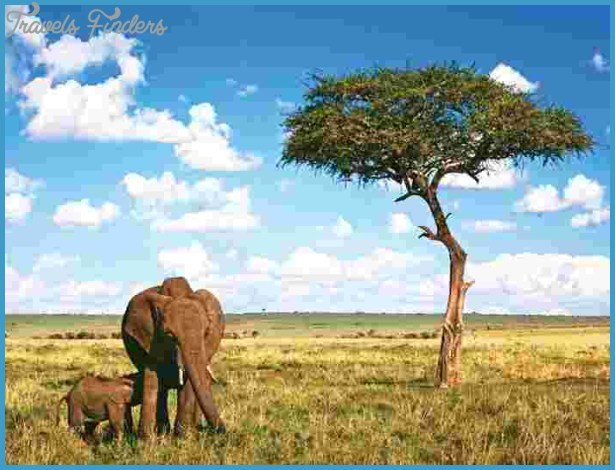

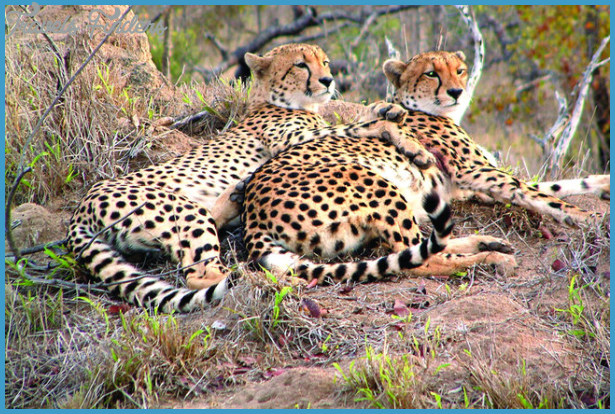
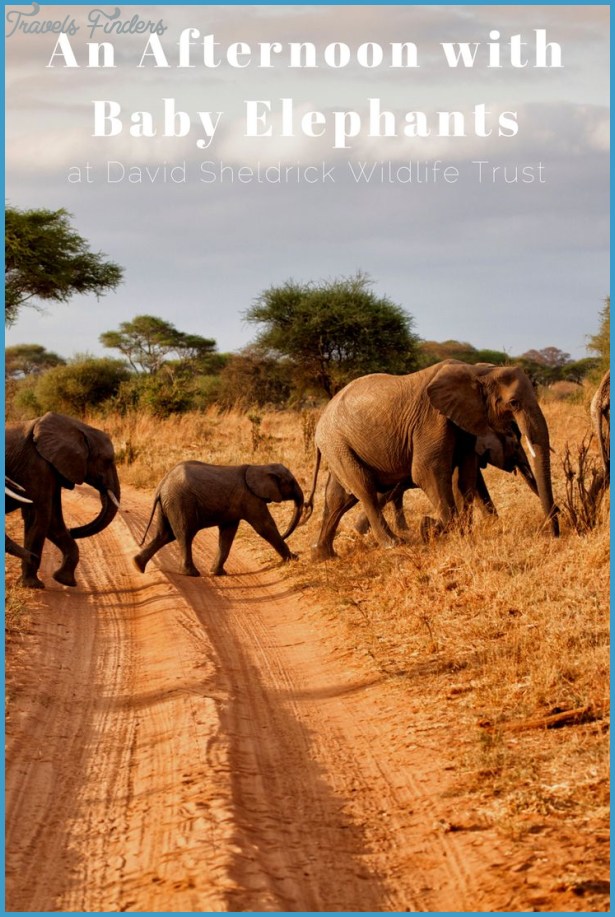




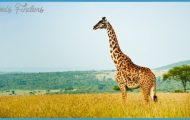

Aloanzaam-iafkrmation found, problem solved, thanks!